
COMPLY WITH THE NEW EU METHANE REGULATION
WITH OUR COMPREHENSIVE SOLUTIONS
We offer a wide range of advanced technologies to help you meet the challenges of the current EU Methane Regulations and ensure that you operate efficiently and fulfil all requirements.
LEAK SEARCH
Leak detection and repair of gas network pipes with our flexible LDAR technology
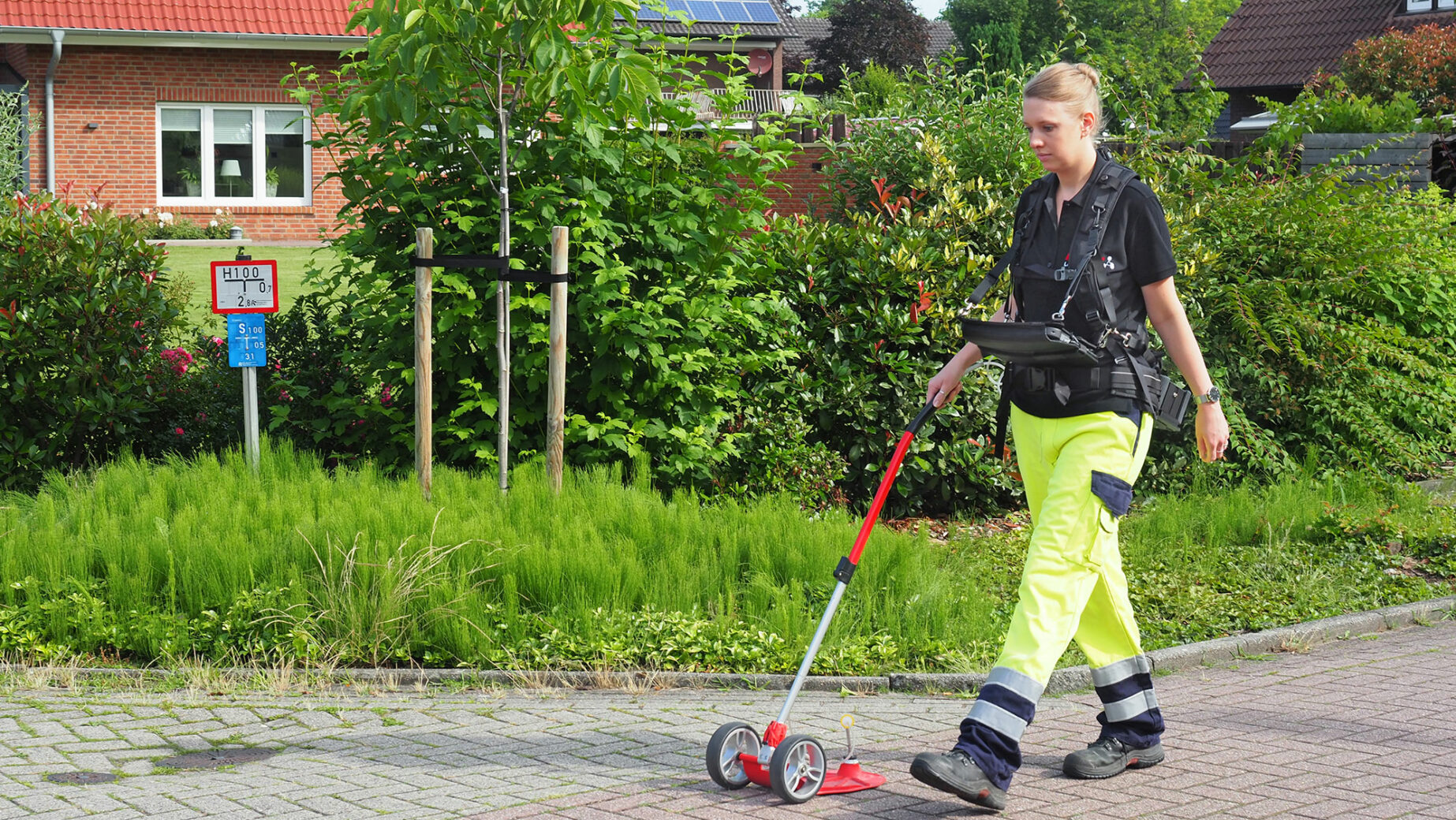
FLARING
Flaring off residual gases and measuring volumes: This is how you contribute to environmental protection
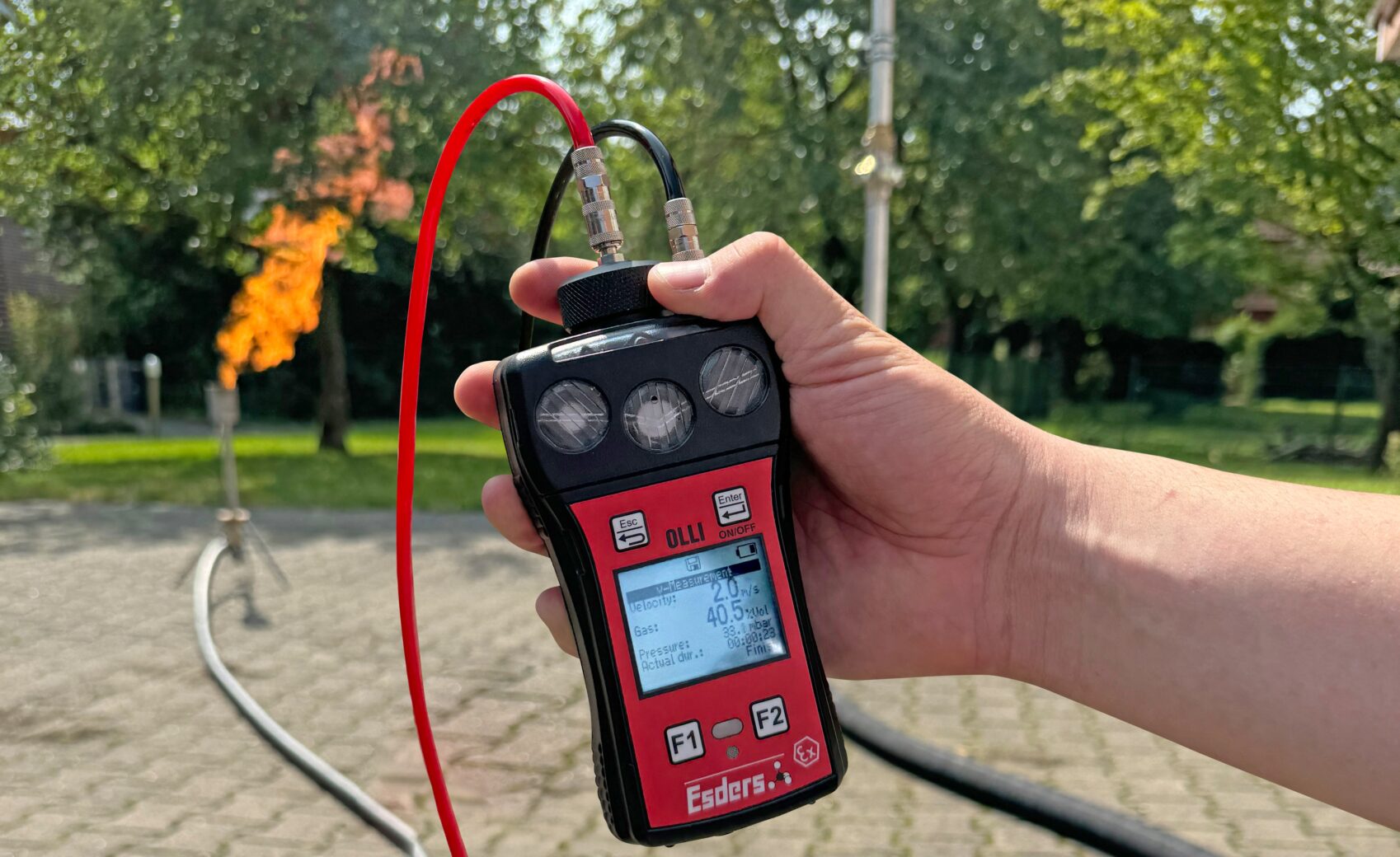
ANALYSIS & REPORT
Act more efficiently and in compliance with regulations with automated test procedures and documentation

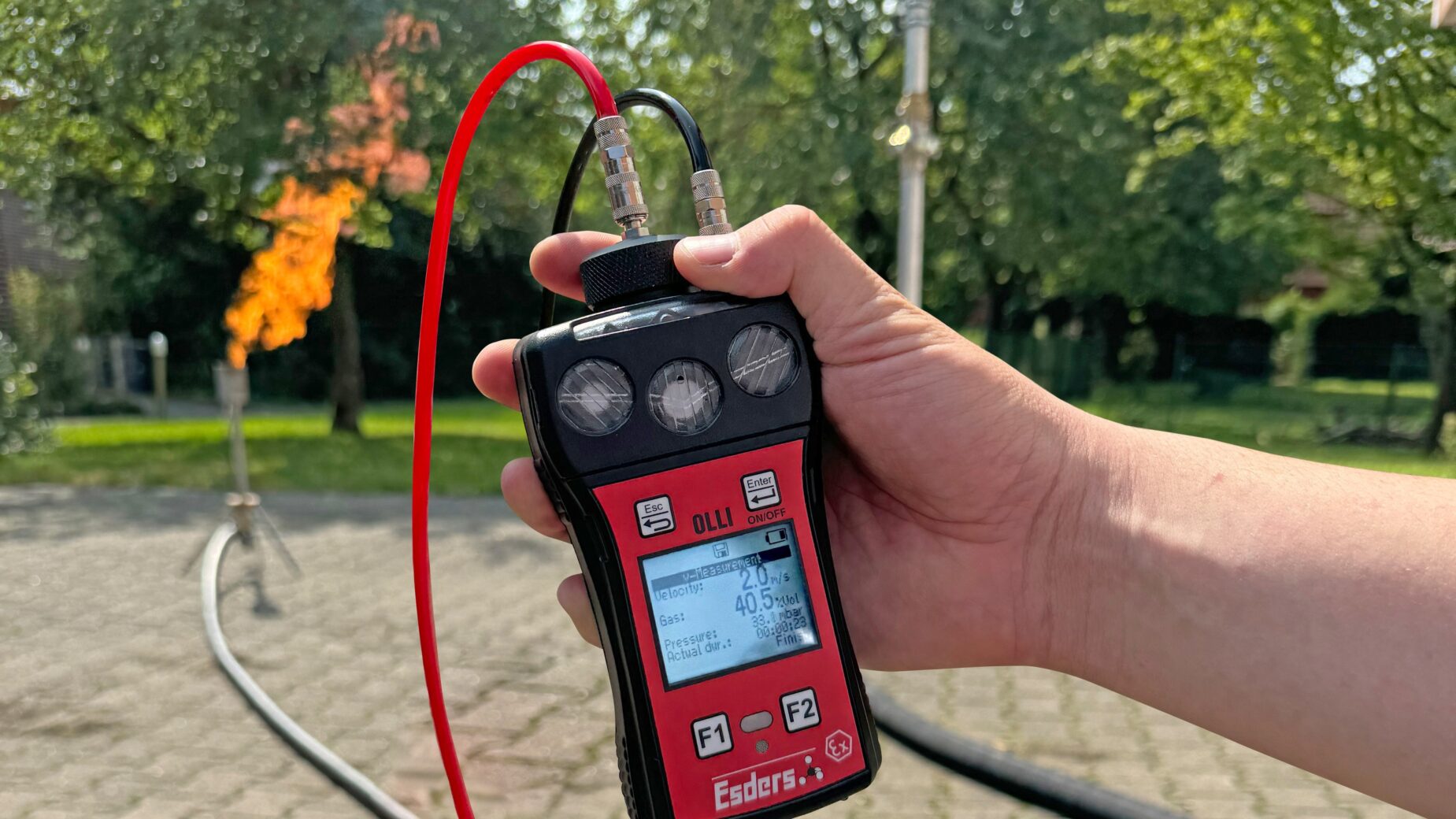
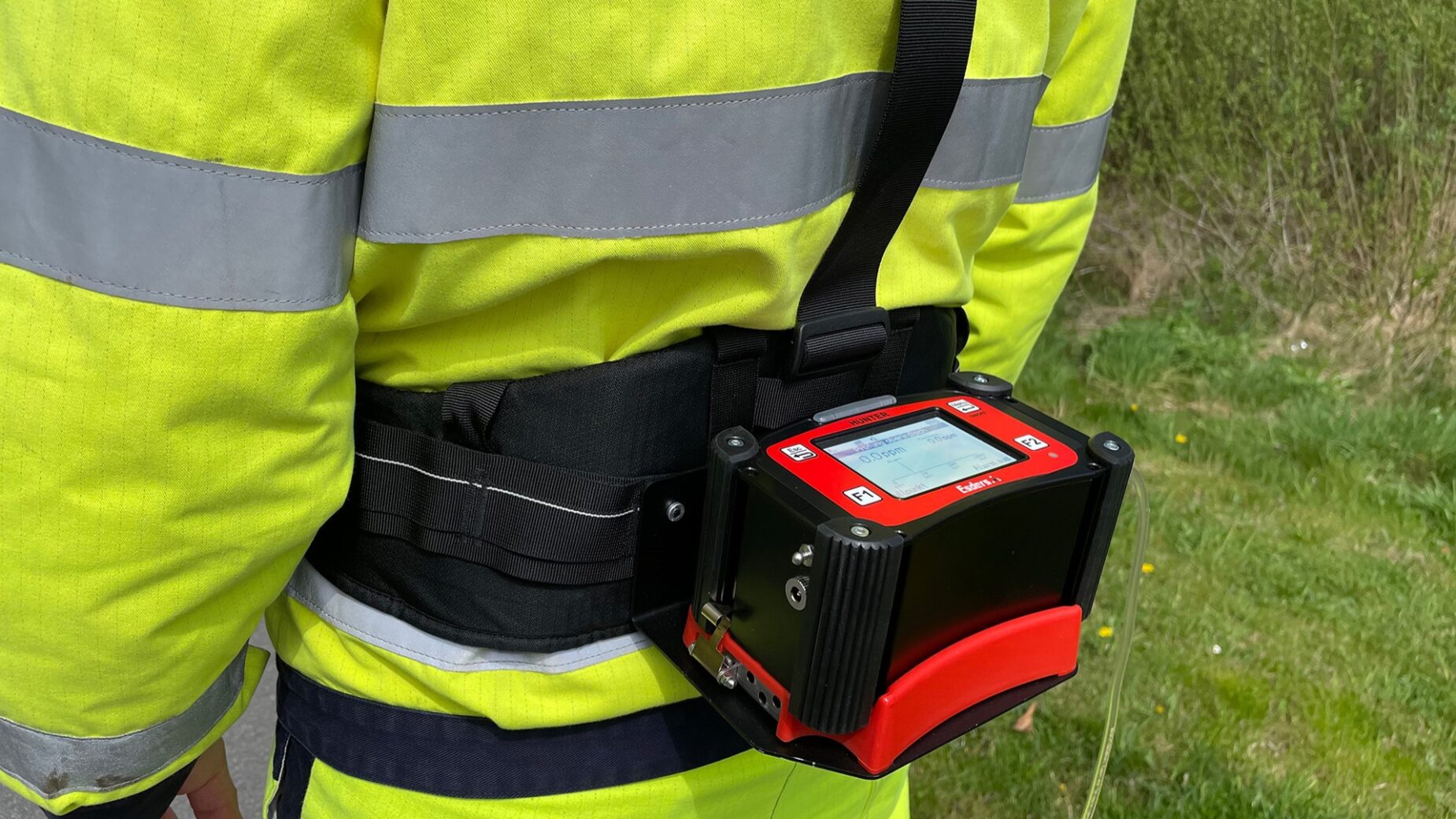
What to do next? Important dates for EU Methane Regulation
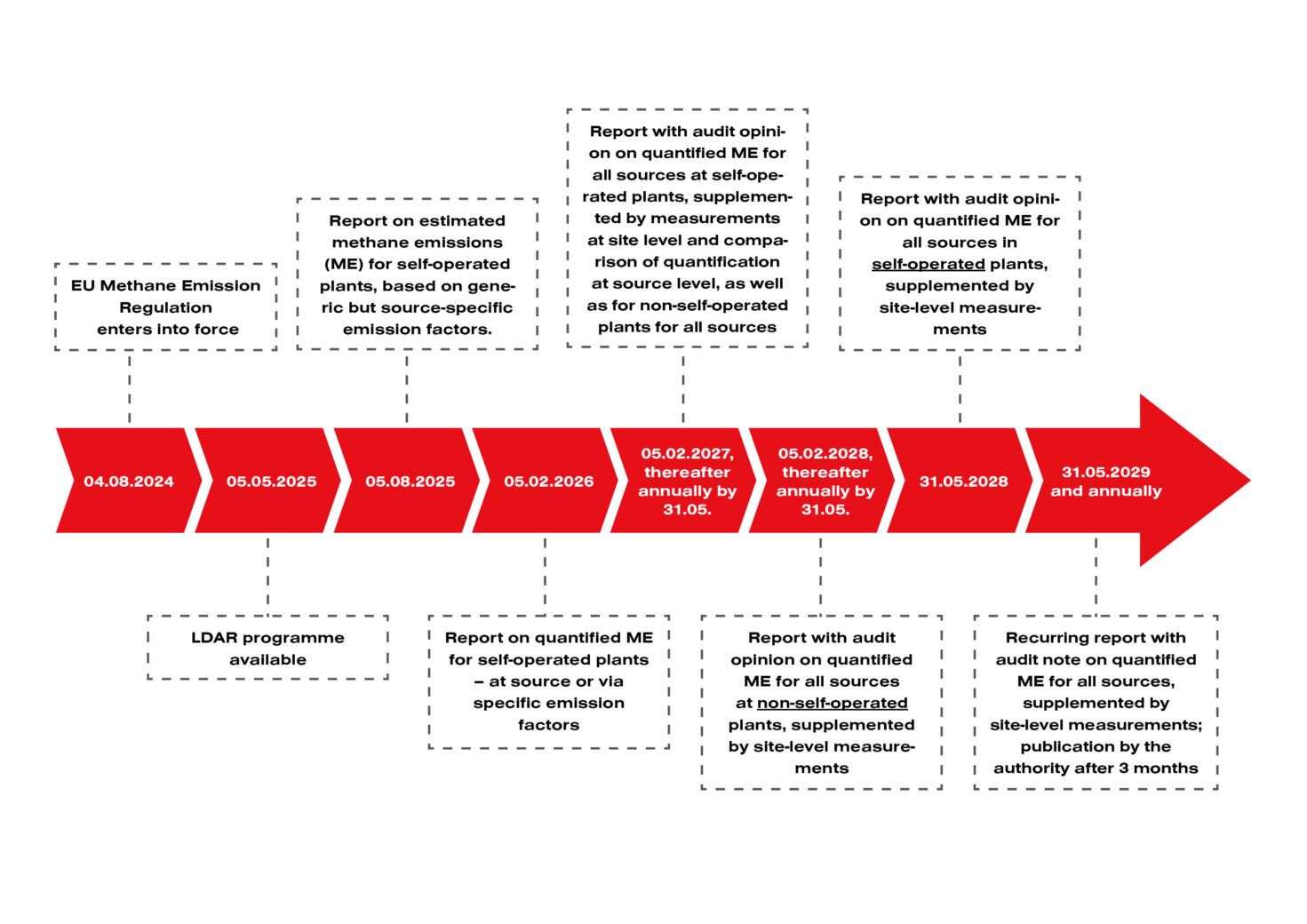
As can be seen in the illustration, the European Union has defined key data for regulating methane emissions:
✅ 5 May 2025: Deadline for submission of a leak detection and repair programme.
✅ 5 August 2025 : Deadline for the submission of a report on the quantification of methane emissions.
These steps are crucial for the further development of compliance with EU environmental legislation.
Sanctions and compliance with regulations
With Regulation (EU) 2024/1787, the European Union has created a framework to ensure the reduction of methane emissions in the energy sector. This framework includes regular inspections and penalties for companies that do not comply with the regulations. The fines can be quite high and show how seriously the EU is taking the fight against climate change and the protection of public health.
LEAK DETECTION
Gas leak detection in outdoor installations
The OLLI multi-gas detector is ideal for implementing leak detection and repair programmes (LDAR) on exposed pipelines and systems. Our OLLI is explosion-proof (ATEX) and is used to detect and measure flammable, toxic and oxygen-containing gases. The OLLI can therefore make an important contribution to ensuring safety and compliance with environmental regulations.
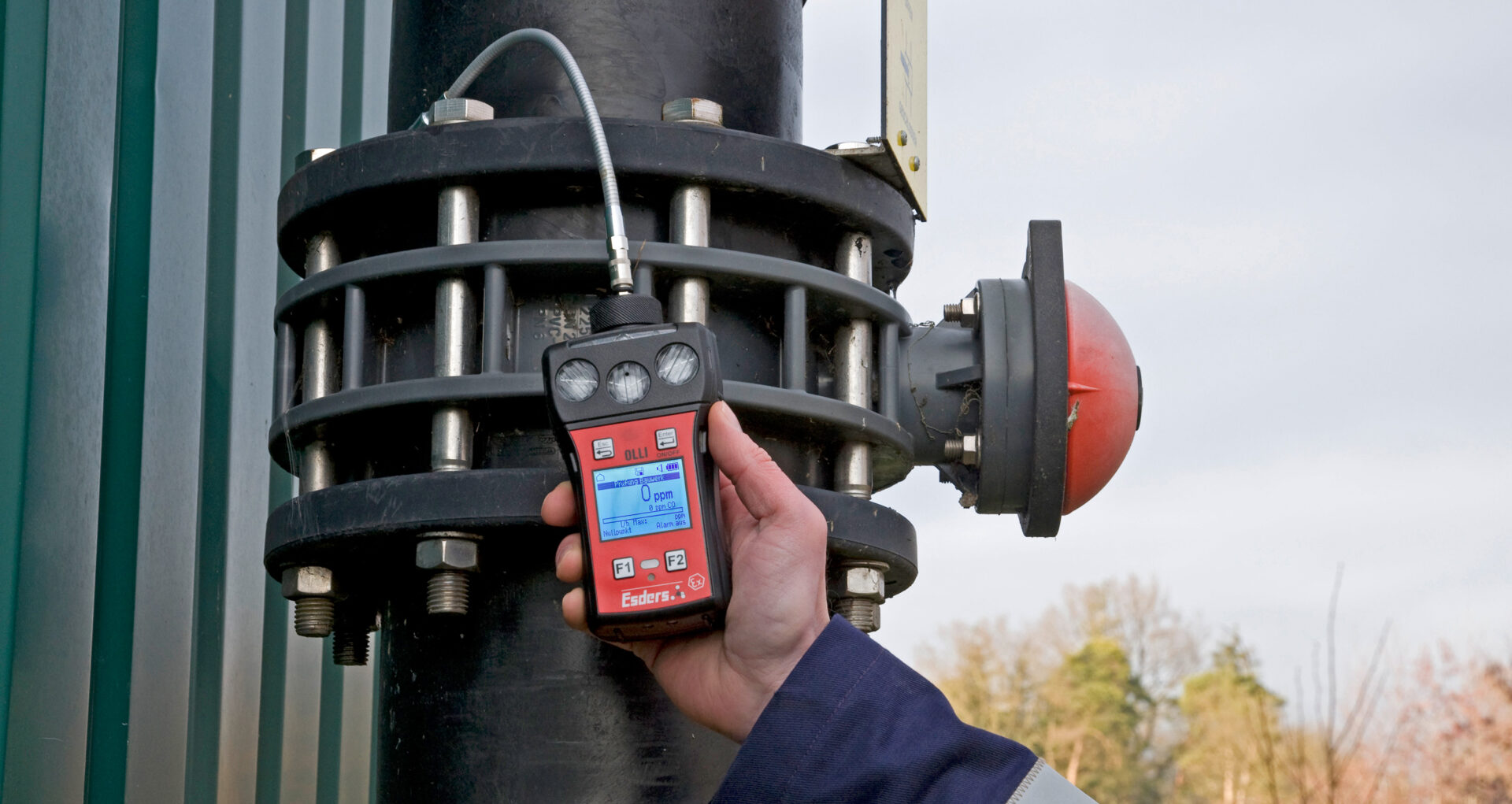
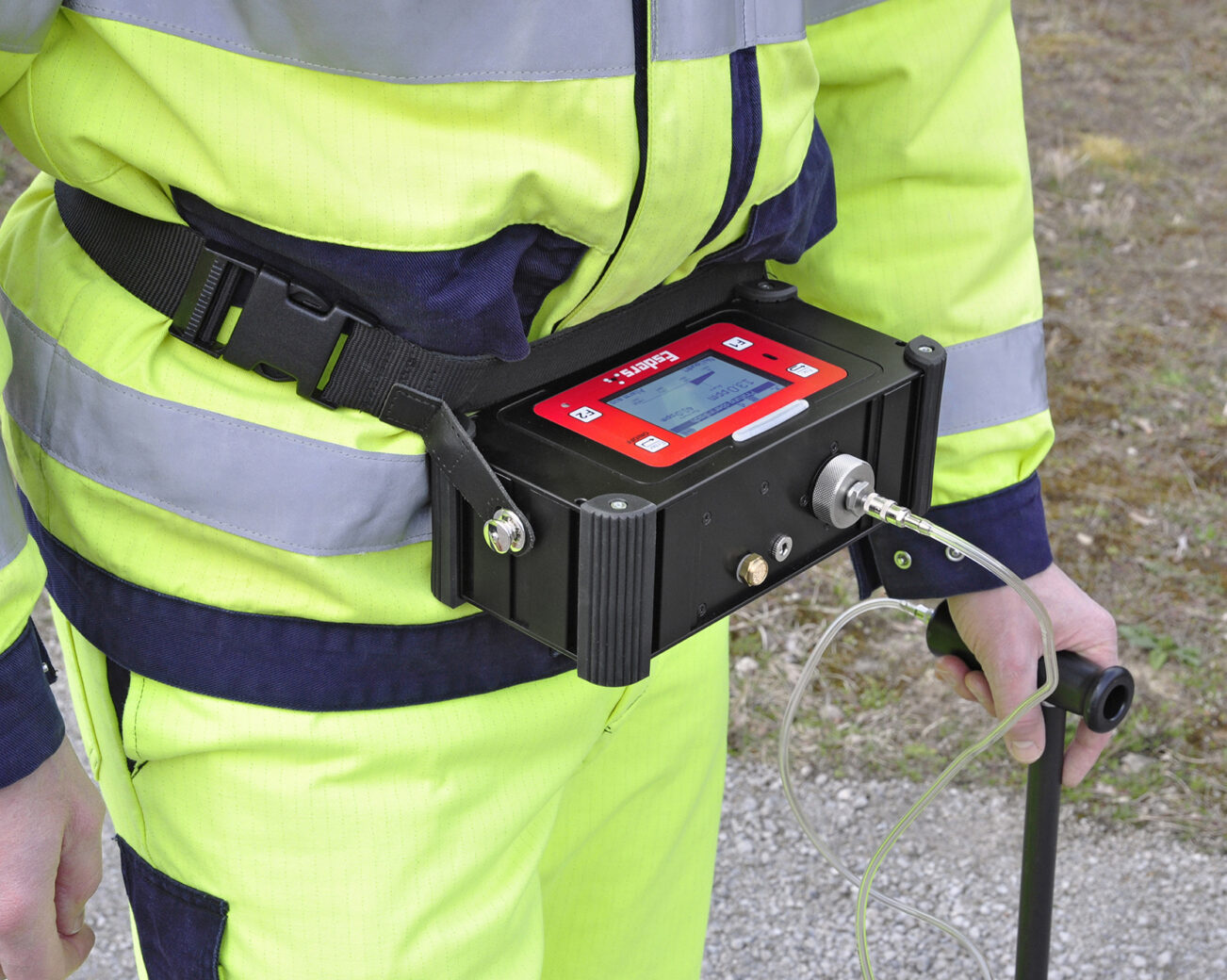
Leak detection in underground gas pipelines
Laser HUNTER is presented as an advanced gas leak detection solution utilising the latest laser technology. Equipped with one laser for methane (CH4) or two lasers for methane and ethane (CH4 and C2H6).
FLARING
Flaring off residual gases and reducing methane emissions
Our Mobile Gas Flares are a cost-effective solution for burning residual gases from various sources. Over the past 33 years, the German gas industry has already reduced methane emissions by up to 40%. The aim now is to reduce emissions by a further 15 per cent by 2030 in order to pave the way for climate neutrality by 2050. In recent years, we have successfully retrofitted and replaced large emission generators and leak-prone units.
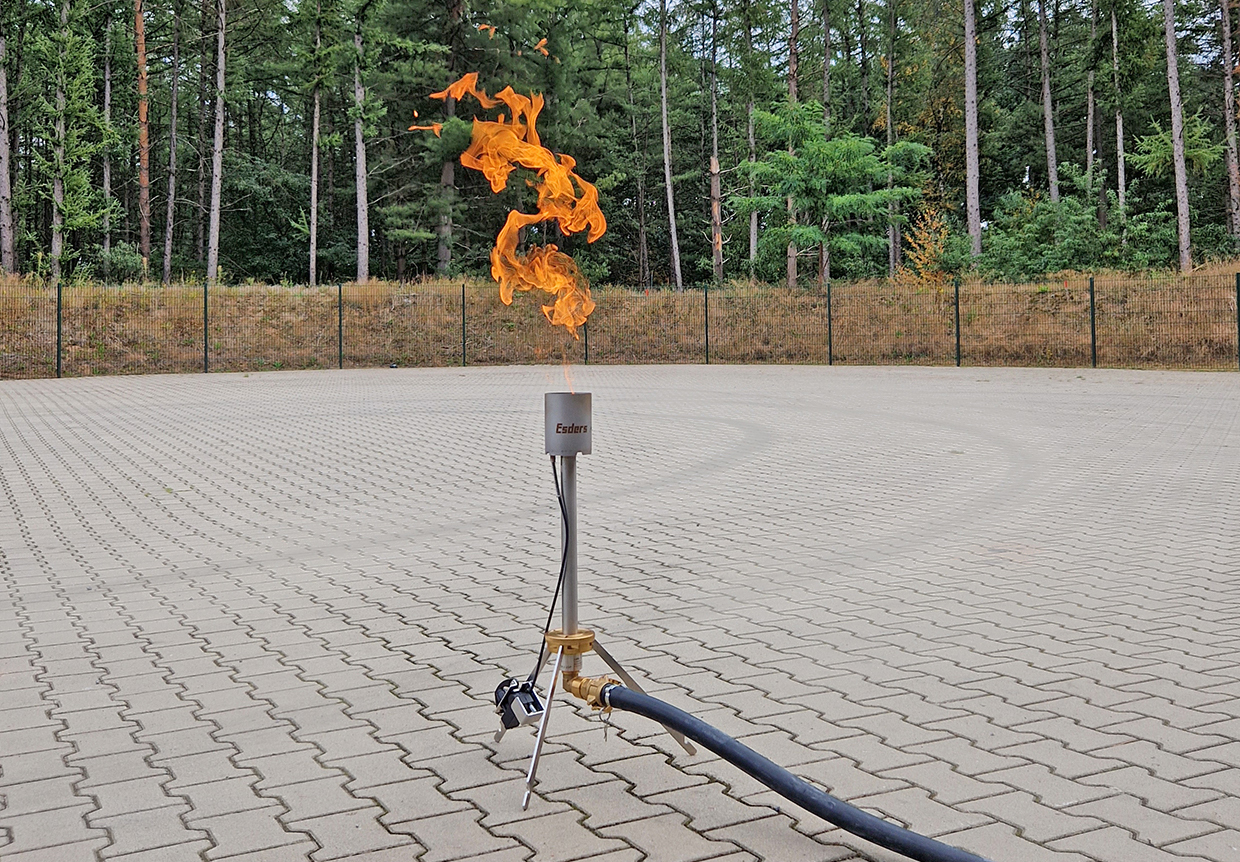
Our Mobile Gas Flare in three versions
The Mobile Gas Flare S was specially developed for house connections and mains connections. It is extremely compact and ready for use in just a few minutes.
The Mobile Gas Flare M has a throughput approximately four times greater than the Mobile Gas Flare S and is used to flare gas in the low and medium pressure network in the area of the distribution lines. It is also compact and quickly ready for use.
The Mobile Gas Flare L has a significantly increased throughput and is intended for the medium and high-pressure network. Due to its height of approximately 2.5 metres, it consists of two parts that can be assembled in just a few minutes without any additional tools.
The new EU Methane Regulation emphasises the importance of sustainability and transparency. One of the most important provisions is the obligation to report the amount of methane flared – an essential step towards reducing emissions and protecting our environment. Our Mobile Gas Flares, combined with the advanced gas flow measurement technology of the OLLI, simplify this process. Thanks to its precise flow measurement, it enables efficient and accurate reporting of the amount of gas flared, ensuring seamless regulatory compliance.
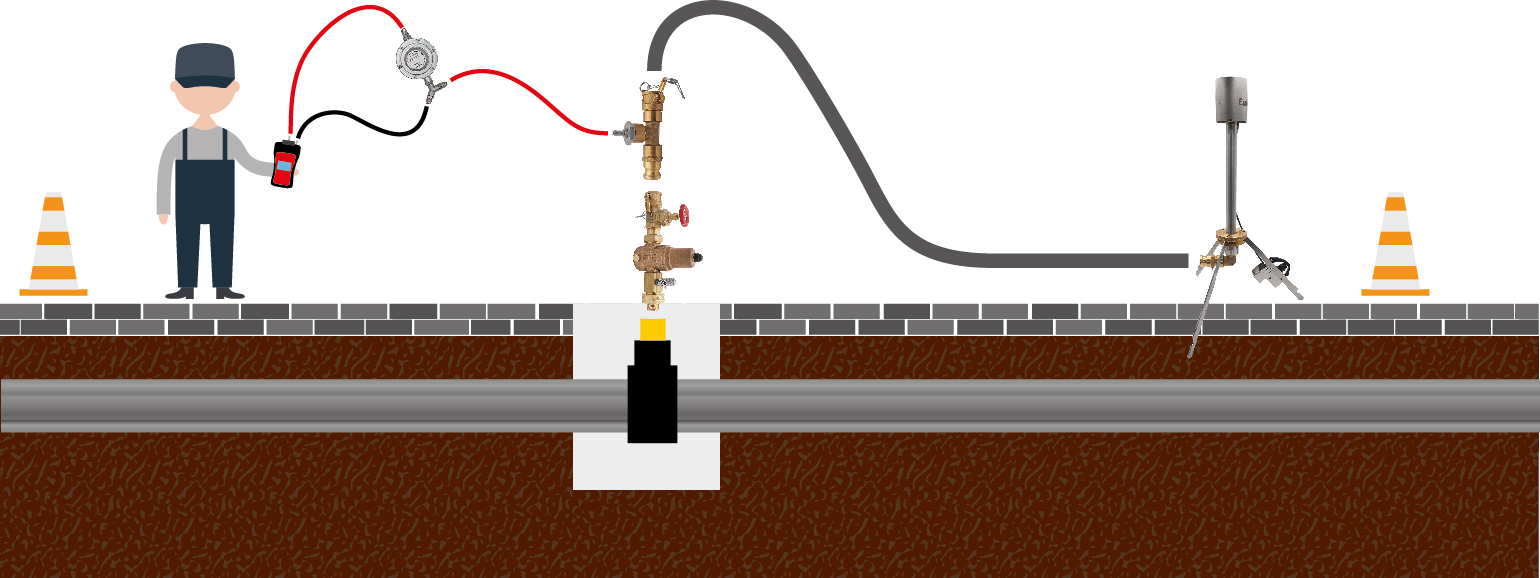
Have you gathered information and now need tips as a guide?
We have summarised the most important tips for network operators in a blog.
Download
Would you like to find out more about our products? Then take a look at this information: Gas test stand pipe and Mobile Gas Flare L in comparison
Do you have questions about compliance with the EU Methane Regulation in terms of flaring and documentation? We have compiled for you in one document answers to frequently asked questions and the most important information about the use of a gas stand pipe compared to a Mobile Gas Flare L.
Mobile Gas Flare - simply explained in the video
Our short video product demonstrations will guide you through the key features, differences and benefits of gas flares. Find out how our products can help you make your work safer, more efficient and more user-friendly.
Fill in the form and watch our video now!
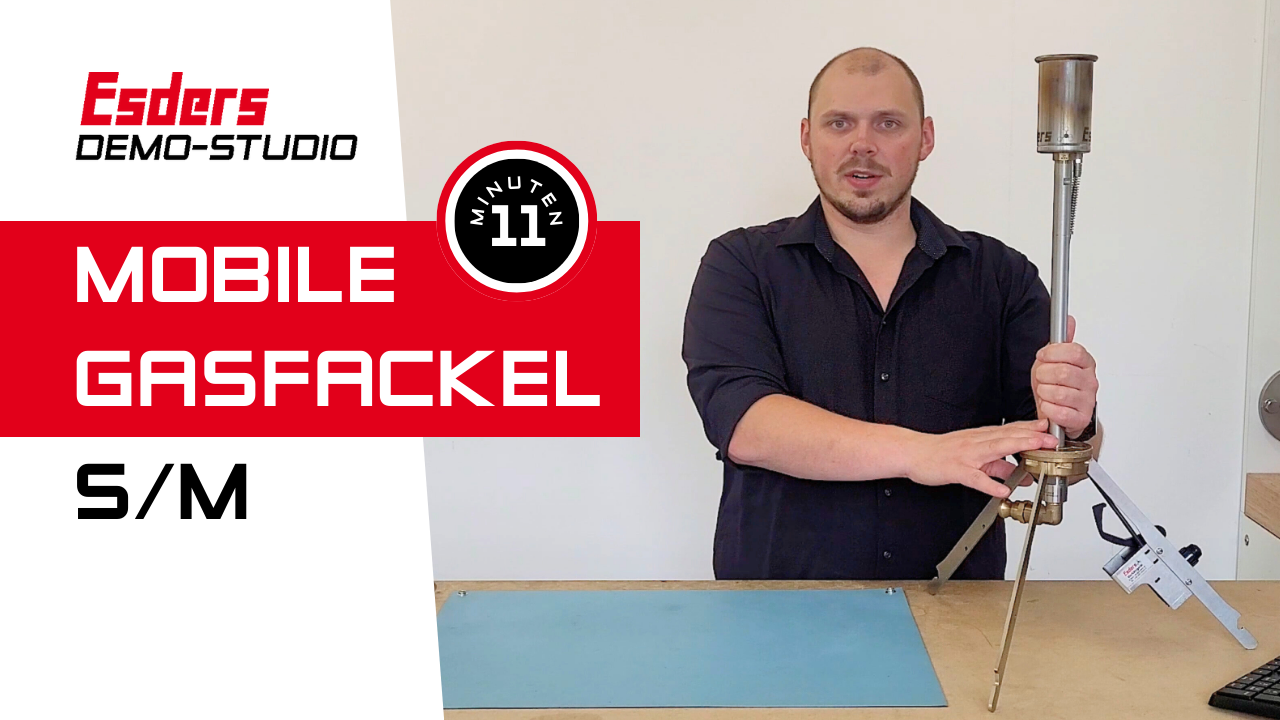
Download
Download - Annotated extract from the EU Methane Regulation
We have an annotated extract from the EU Methane Regulation, specifically relating to the oil and gas sector, for you to download. With our assessments and ideas regarding requirements for measurement, reporting and verification.
Download
Download - Full EU Methane Emission Regulation
We have the current and adopted EU Methane Regulation for you to download here.
REGULATION (EU) 2024/1787 OF THE EUROPEAN PARLIAMENT AND OF THE COUNCIL of 13 June 2024 on the reduction of methane emissions in the energy sector and amending Regulation (EU) 2019/942
ANALYSIS & REPORT
Create and send methane emission reports directly with our devices
With the implementation of the new EU Methane Regulation, companies are now responsible for setting up stricter systems for detecting, measuring and reporting methane emissions. This regulation not only obliges companies to identify and reduce emissions, but also to document and report them accurately and verifiably.
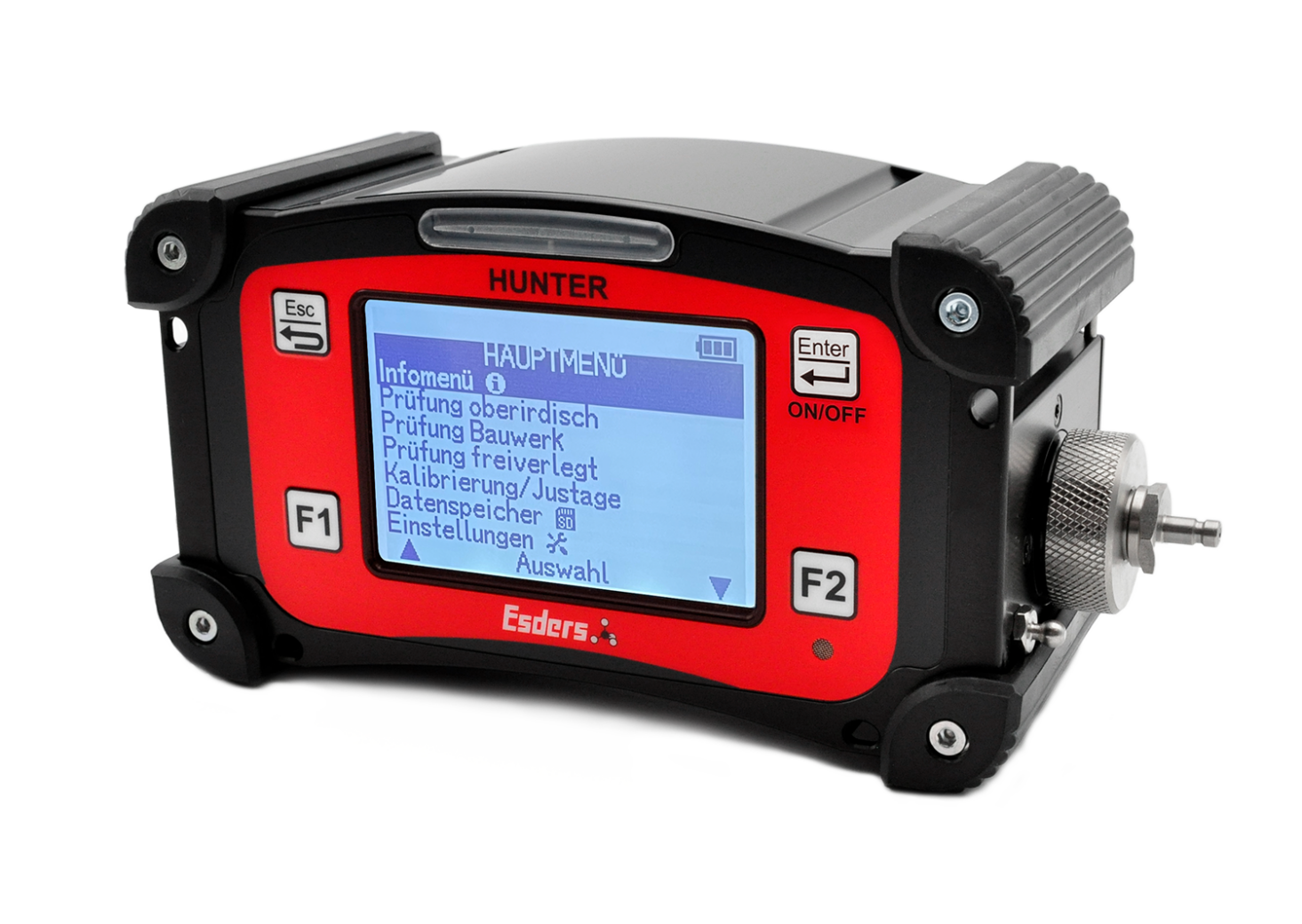
Our OLLI, HUNTER and Laser HUNTER devices have been developed to help companies fulfil the requirements of the industry. These systems are not only used for LDAR campaigns, but can also send emission reports instantly and securely thanks to their wireless data transmission and integration with Esders Connect.
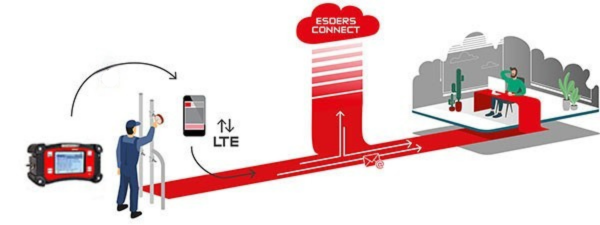
Request a personalised consultation with our technical experts now!
Discover Esders Connect, your solution for easy data management and smooth integration with first-class customer support. Send us your contact details to receive a personalised consultation and learn how Esders Connect can transform your business!
ONE MORE STEP TOWARDS THE FUTURE
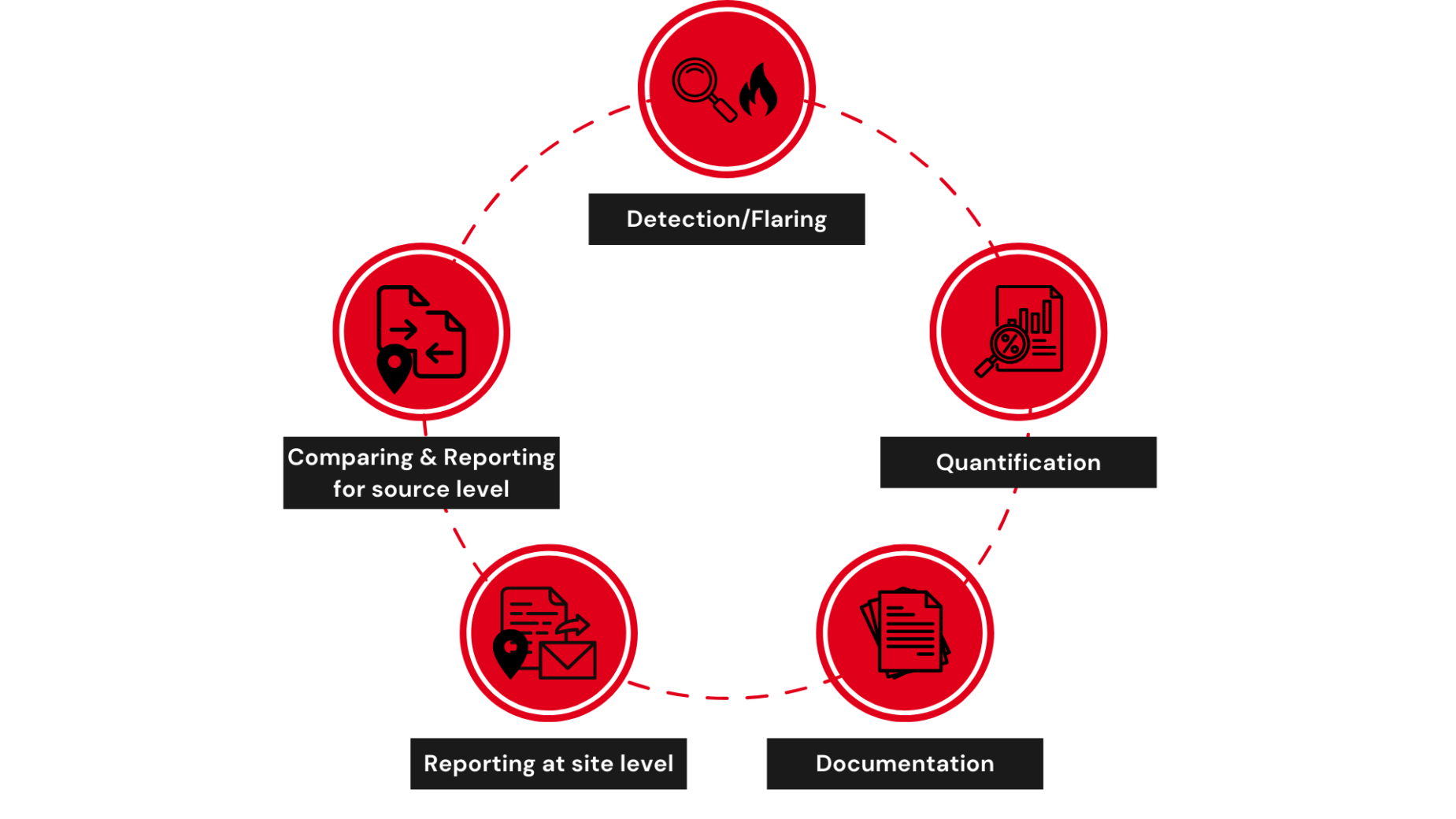
Gas leak detection
We are at home in the field of gas additive measurement technology and gas leak detection. Whether you need high-tech devices for pipeline inspections, indoor installations or gas pressure monitoring systems, we offer specialised devices for specific tasks as well as combination devices with a variety of sensors that can be adapted to almost any requirement and situation.
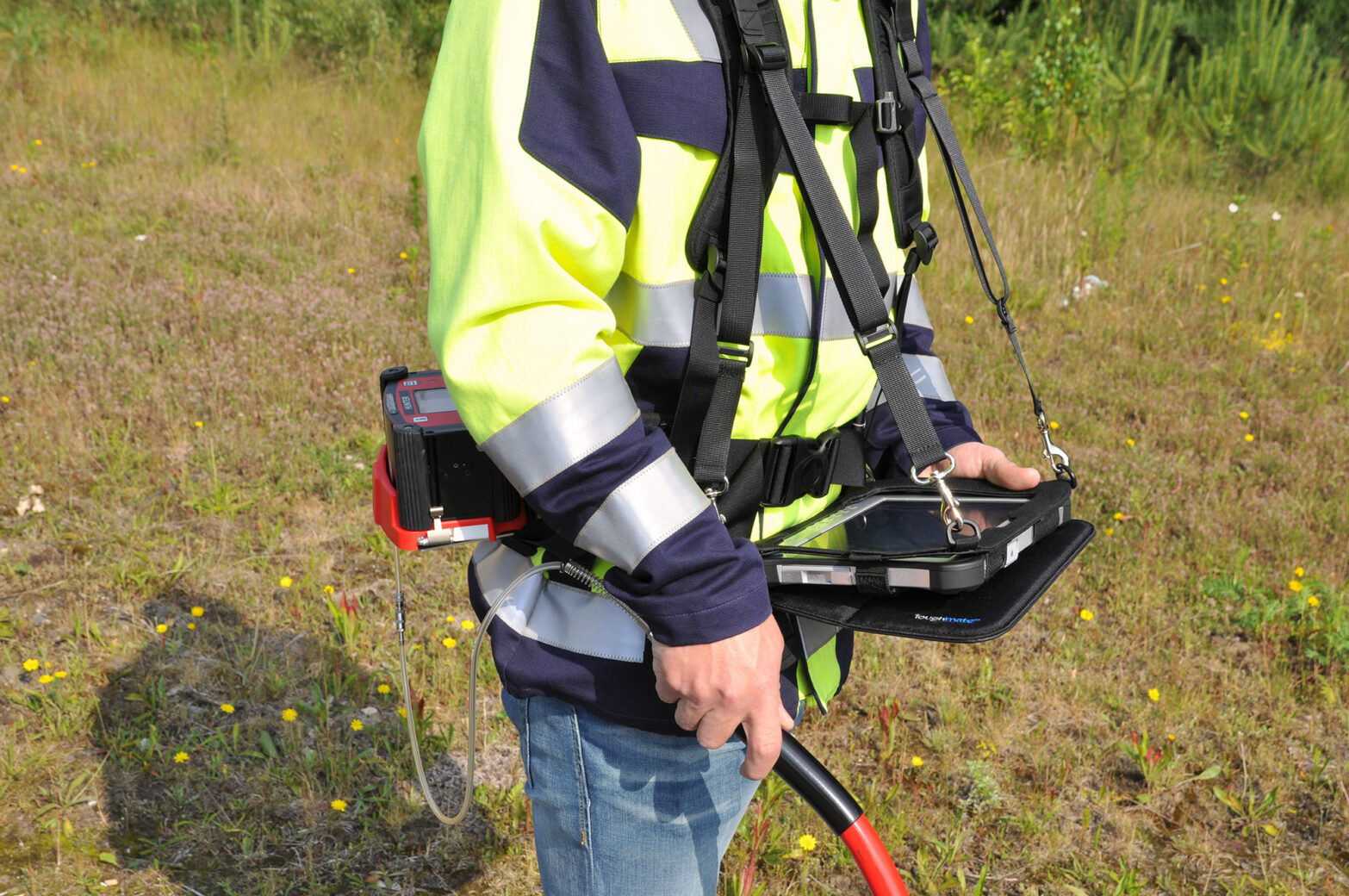
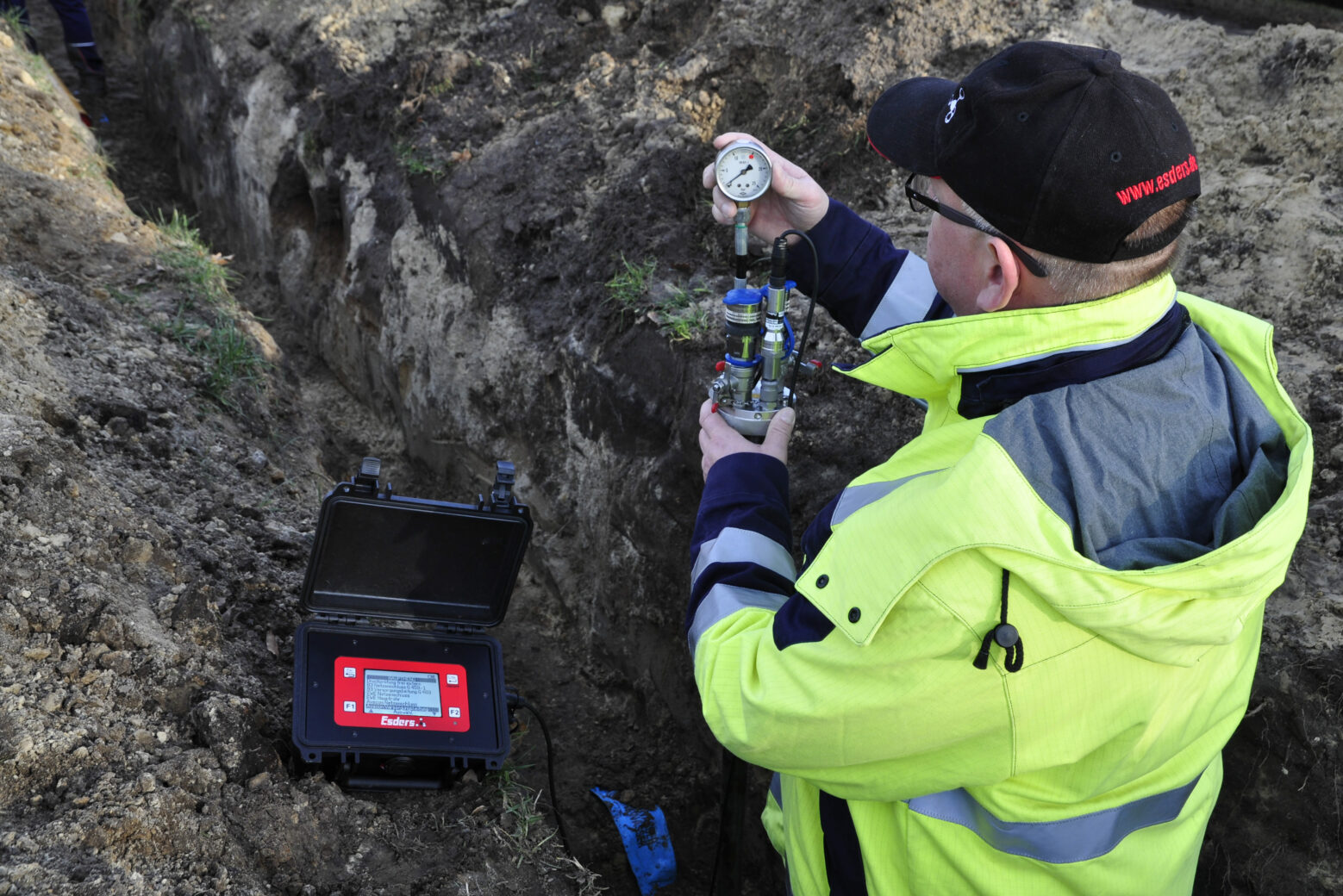
Pressure measurement
There are countless measuring devices and accessories for pressure testing, but not all of them fulfil the requirements for proper use in gas and water systems, transmission lines, distribution networks, connecting lines and domestic installations. In addition, the quality and accuracy of the devices and accessories you use will affect the duration and result of the pressure test. If your pressure tests need to comply with the UNE 60310, UNE 60311, UNE-EN 1610 or UNE EN 805 standards, Esders is your perfect partner.

Water leak detection
Detecting water leaks is crucial to maintaining the integrity of systems and preventing unnecessary losses. Finding and fixing leaks in time can prevent major damage and reduce water wastage. With our range of leak detection equipment and technologies, we guarantee the precision and efficiency required to identify even the smallest leaks in drinking water systems, distribution networks, irrigation systems, industrial plants and residential buildings. Our devices fulfil the strictest regulations and standards, guaranteeing reliable results and helping to conserve water resources.
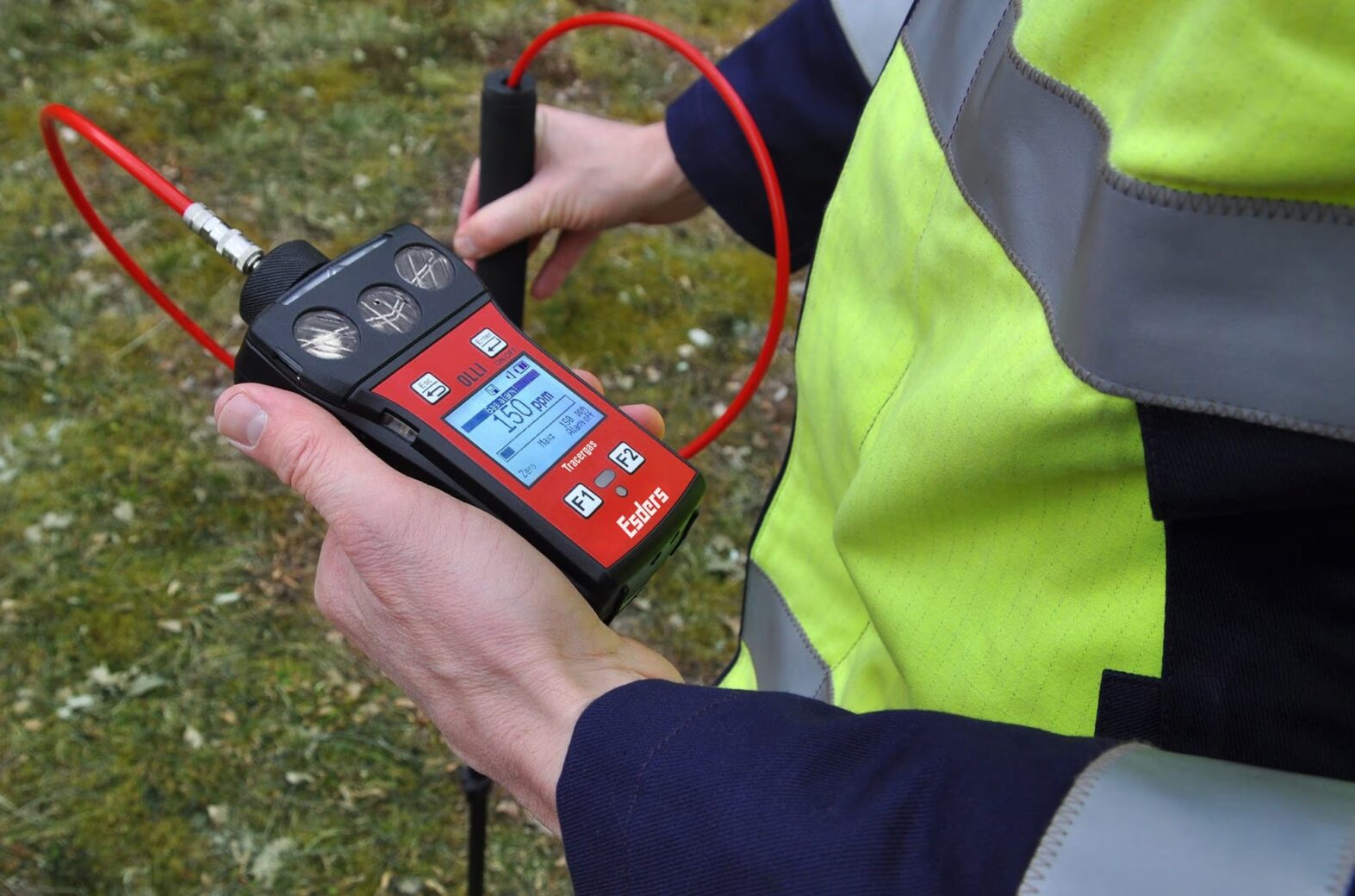
We have a clear goal with the Green Deal!
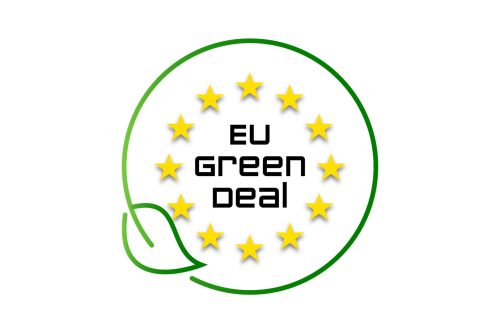
The EU Green Deal will put the Union on the path to climate neutrality by 2050 by comprehensively decarbonising all sectors of the economy. (Decarbonisation means reducing CO₂ emissions with the long-term goal of no longer emitting greenhouse gases from industrial activities).
Targets of the EU regulation to reduce methane emissions
With the Regulation of the European Parliament and of the Council on the reduction of methane emissions, the European Union has taken a major step forward and enshrined the goal of climate neutrality for the entire economy by 2050 in law. The binding target for 2030 is to reduce net greenhouse gas emissions by 55% by 2030 compared to 1990 levels.


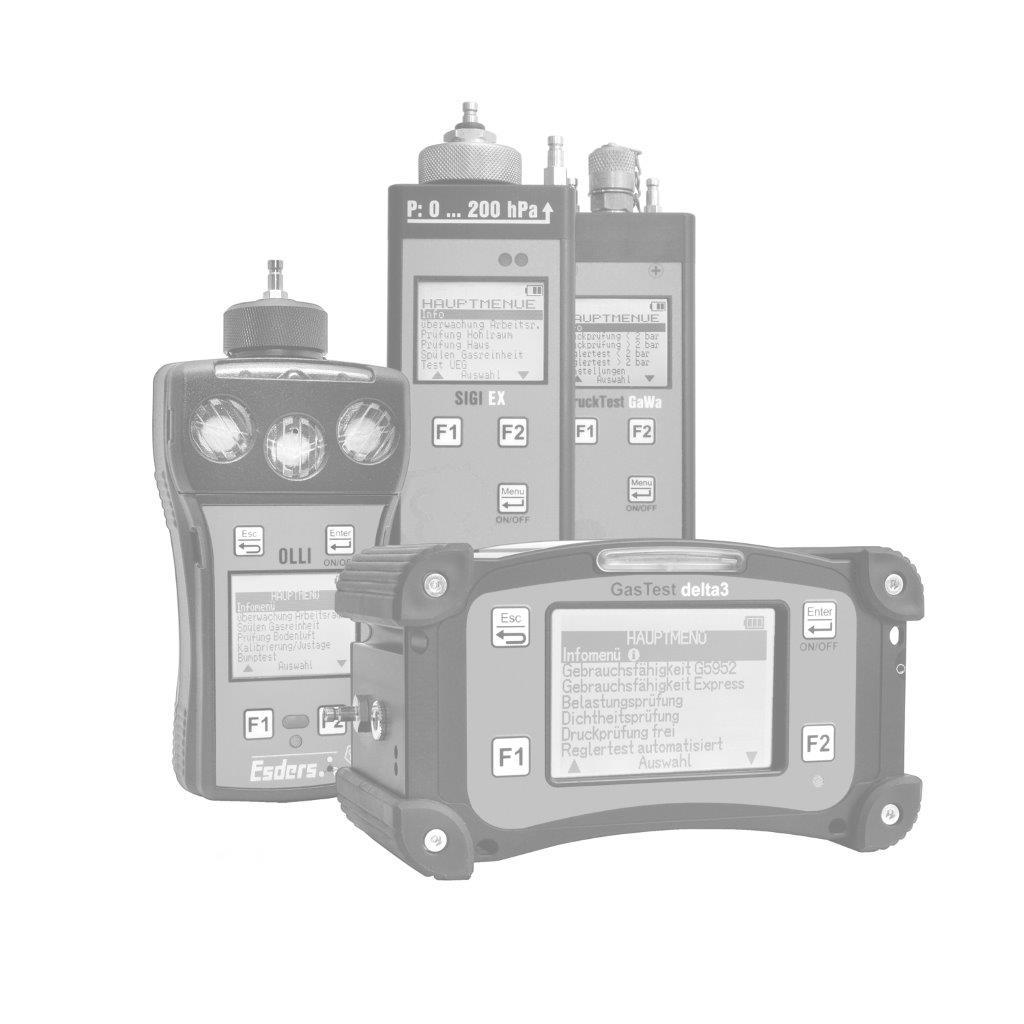.jpg?width=100)
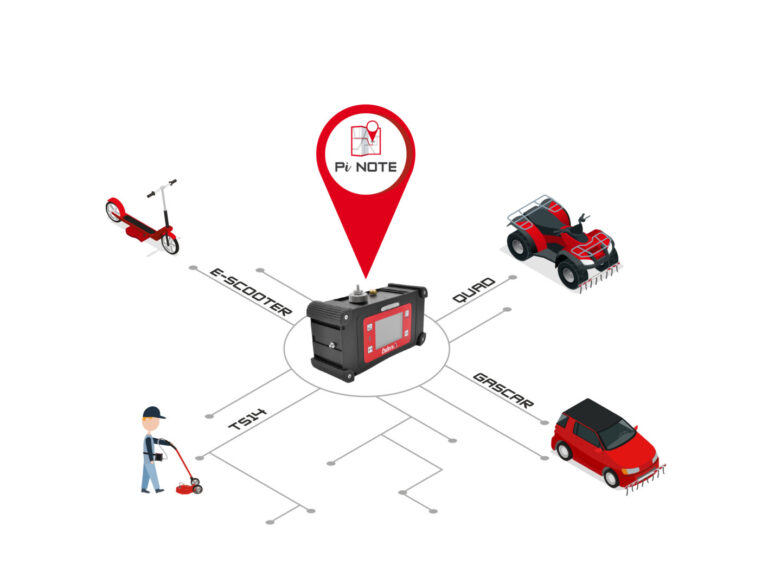
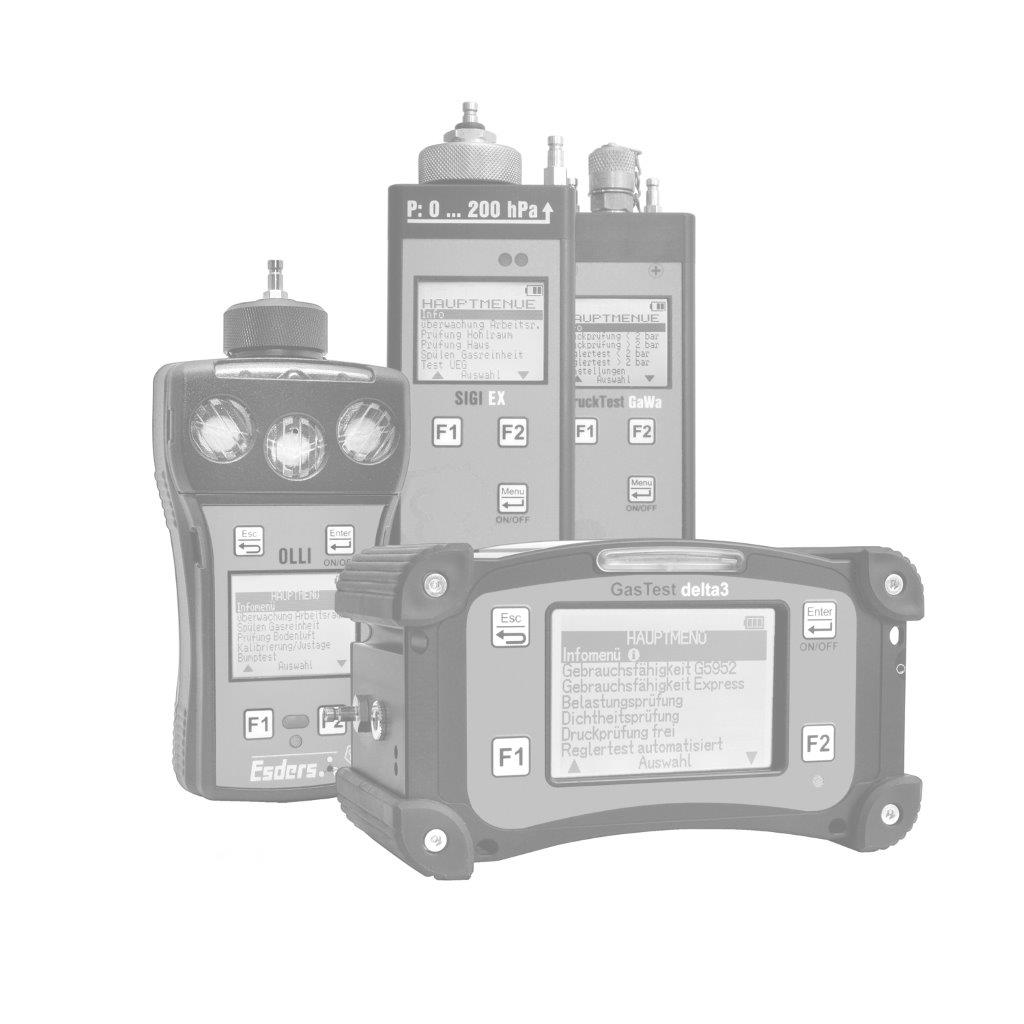.jpg?width=100)
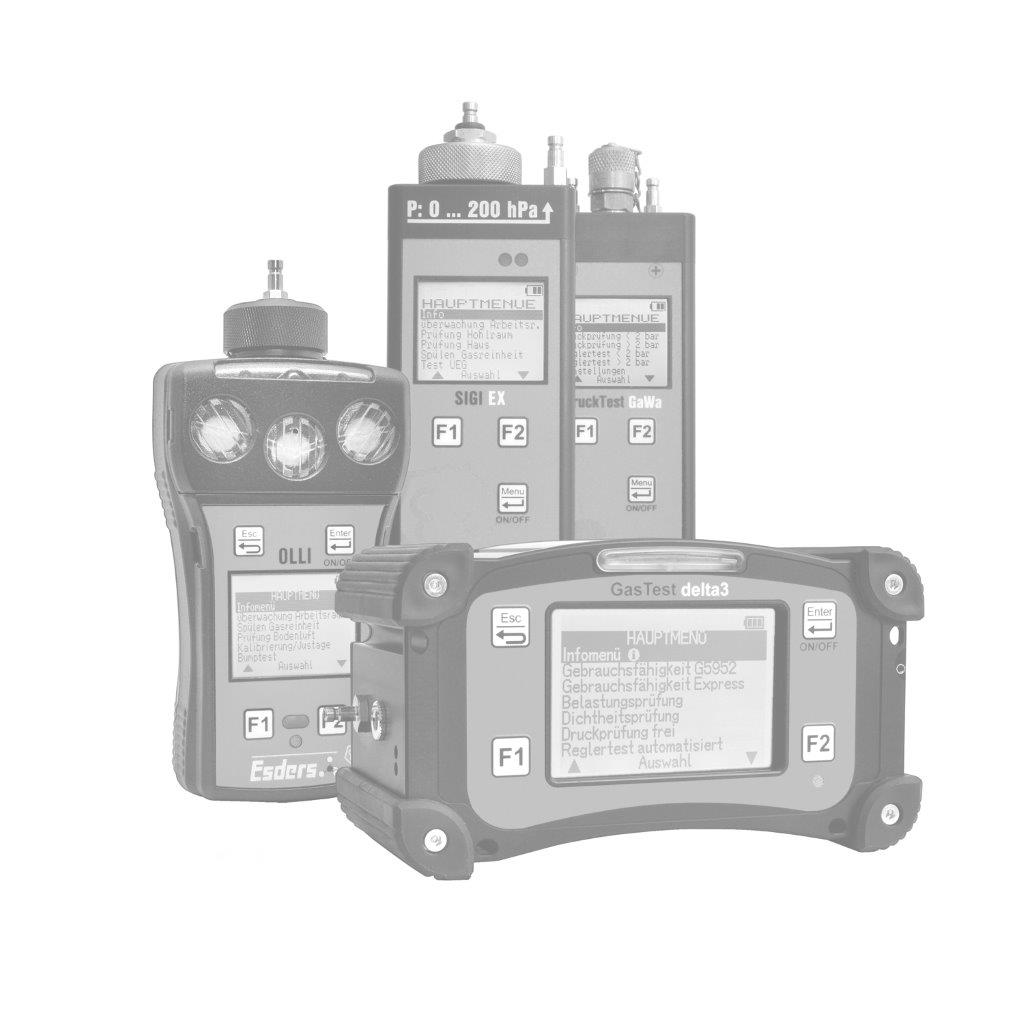.jpg?width=100)
.jpg?width=100)
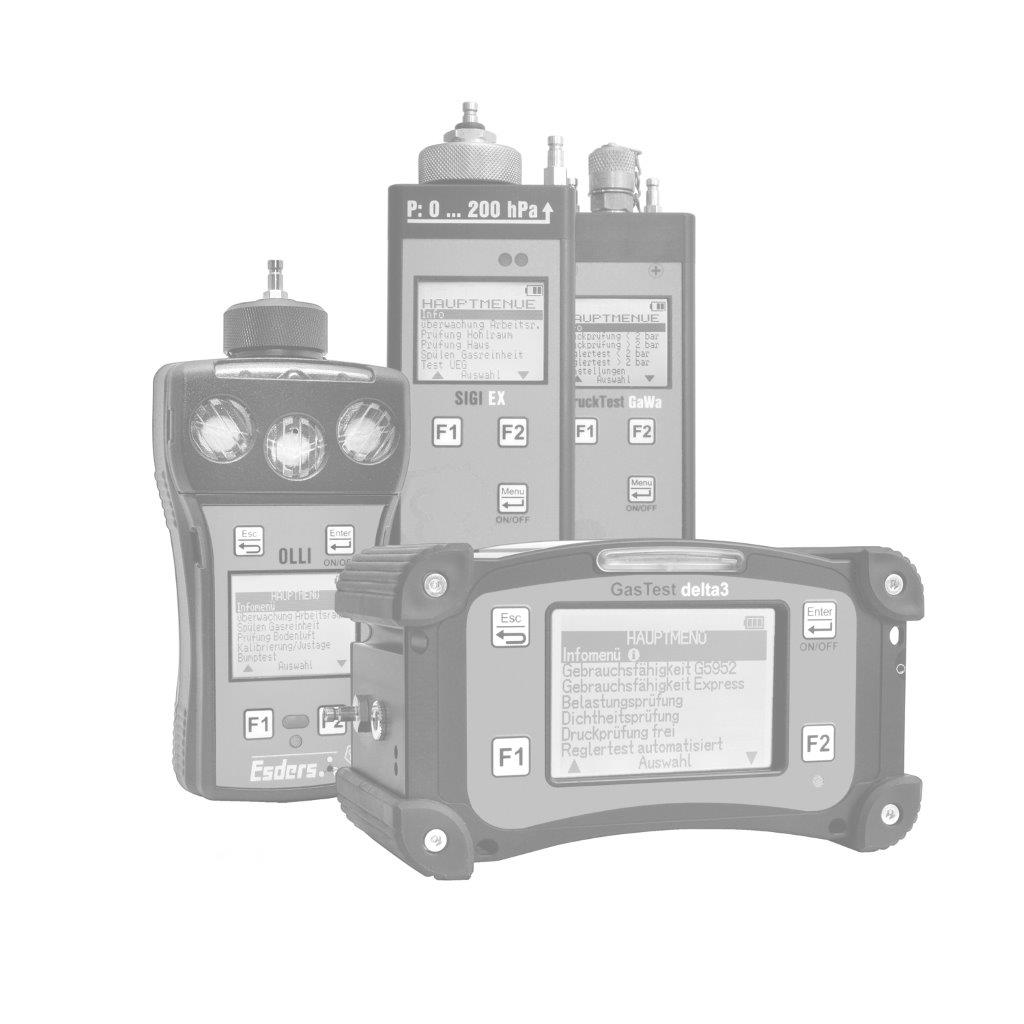.jpg?width=100)